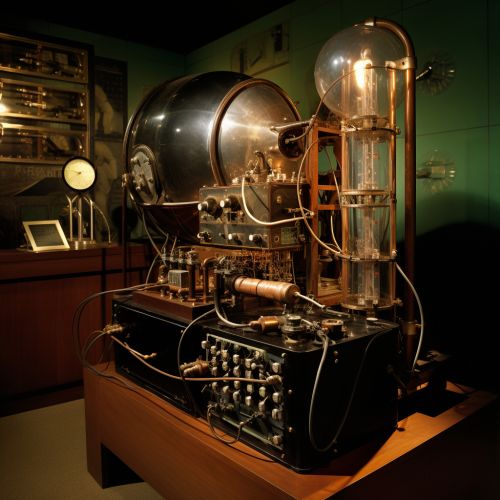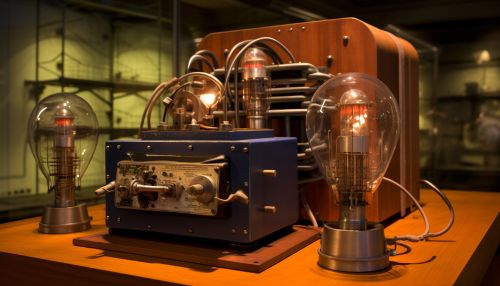Power Electronics
Introduction
Power electronics is a branch of electrical engineering that deals with the conversion and control of electric power using electronic devices that operate in a switching mode. This field is a crucial component in modern technology and society, enabling the conversion and control of electrical energy, which is the backbone of our energy infrastructure.
History
The history of power electronics dates back to the early 20th century, with the development of the mercury-arc rectifier. In the 1950s, the invention of the transistor and the silicon-controlled rectifier (SCR) marked significant milestones in the evolution of power electronics. The advent of the integrated circuit (IC) in the 1960s further revolutionized the field, enabling the development of more compact and efficient power electronic devices.


Principles of Operation
Power electronics devices operate by rapidly switching on and off, controlling the flow of electrical energy. These devices can function as rectifiers, inverters, and DC-to-DC converters, among other applications. The operation of power electronic devices involves complex interactions between electronic components, including diodes, thyristors, and insulated-gate bipolar transistors (IGBTs).
Applications
Power electronics plays a vital role in a wide range of applications, from small-scale electronics to large-scale power systems. These include:
- Electric power converters: These devices convert electrical energy from one form to another, such as AC to DC, DC to AC, DC to DC, and AC to AC. They are used in a variety of applications, including power supplies for electronic devices, electric vehicles, and renewable energy systems.
- Motor drives and controls: Power electronics is used to control the speed, torque, and direction of electric motors in applications such as industrial automation, electric vehicles, and home appliances.
- Power factor correction: Power electronic devices can be used to improve the power factor of electrical systems, increasing their efficiency and reducing energy waste.
- Uninterruptible power supplies (UPS): These systems use power electronics to provide a continuous supply of electric power in the event of a power outage.
- Renewable energy systems: Power electronics is crucial in the conversion and control of electrical energy in renewable energy systems, such as solar panels and wind turbines.
Future Trends
The field of power electronics continues to evolve, driven by advancements in semiconductor technology and the growing demand for energy-efficient and sustainable solutions. Future trends in power electronics include the development of wide bandgap semiconductors, such as silicon carbide (SiC) and gallium nitride (GaN), which offer superior performance characteristics compared to traditional silicon devices. Other trends include the increasing integration of power electronics in renewable energy systems, electric vehicles, and smart grids.
